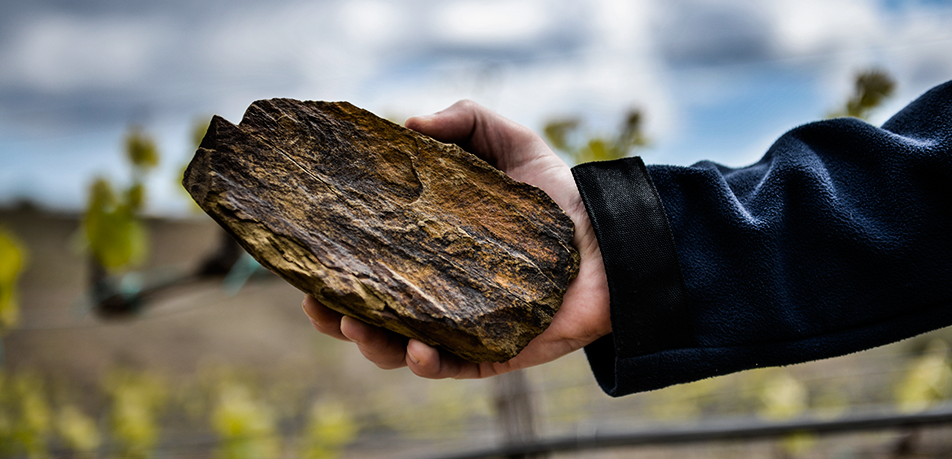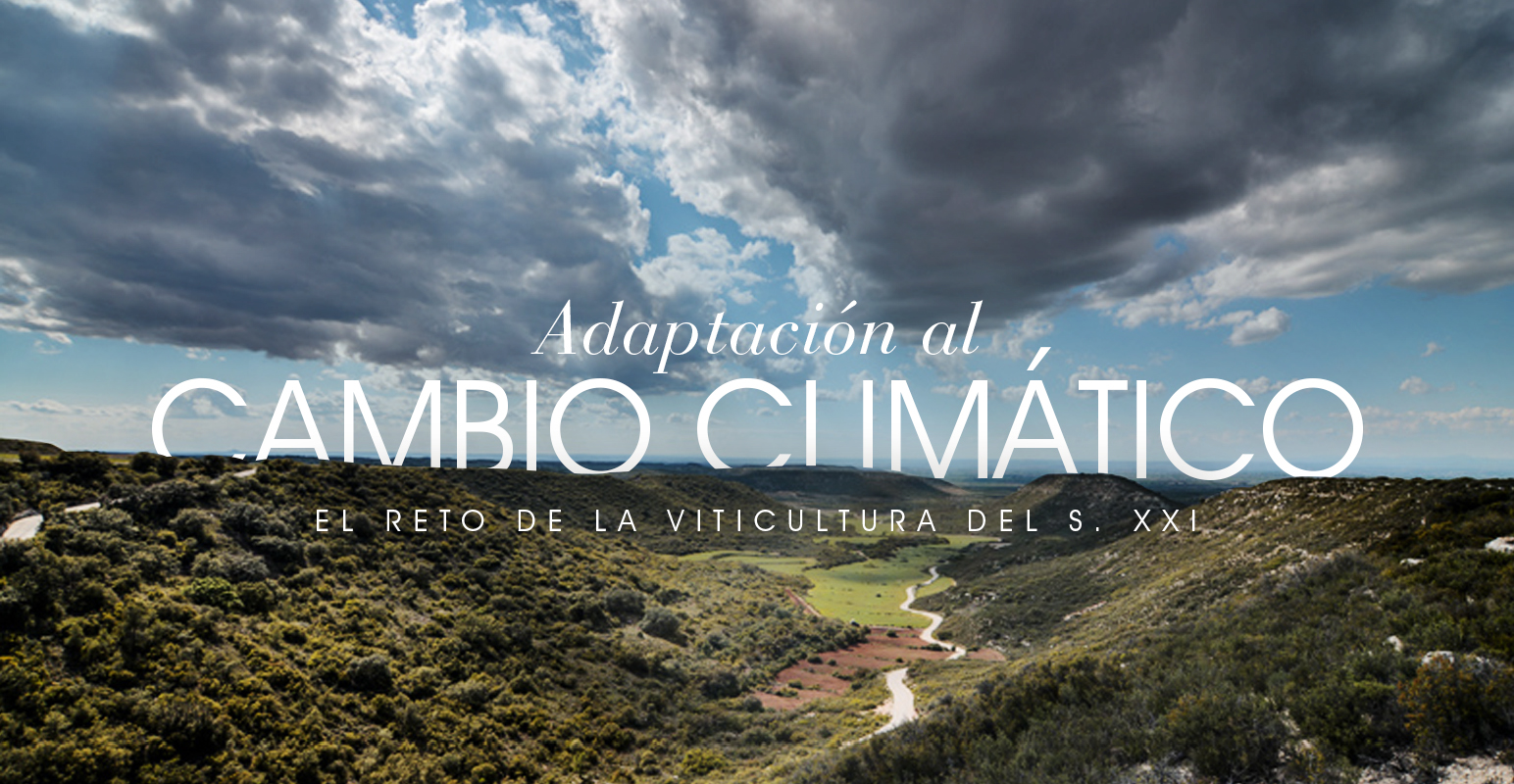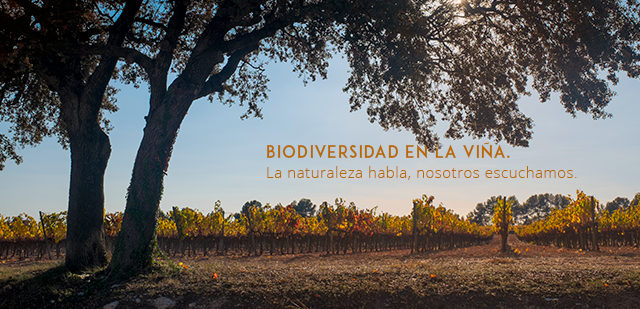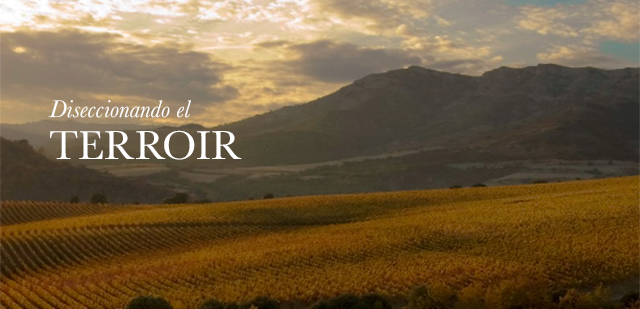The Ground Beneath Our Feet:

If we want to understand the essence of truly iconic wines, we must first understand the importance of soil. The influence of soil is what separates great wines from timeless classics.
The climate
Before we begin, let's quickly look at two concepts that often get confused: mesoclimate and microclimate, as well as their relationship to the soil, the vine, the grapes and their subsequent vinification.
When we talk about mesoclimate, we're referring to the climatic characteristics of a vineyard, whereas microclimate refers specifically to the vine. In other words, a mesoclimate can contain several microclimates, which affect the relationship between the vine and the soil. This means the resulting wines can display significant differences even though they originate from parcels in the same vineyard.
In search of the perfect soil
What exactly makes a soil ideally suited to winegrowing? In broad terms, the following parameters directly influence soil quality.
The soil must be deep enough for the vine to root firmly and reach the nutrients stored in the subsoil. This means a depth of more than 20 cm.
Particle size analysis is used to classify soil particles according to their size: from pebbles over 4 cm long to clay particles as small as 0.02 mm.
This factor, known as soil texture, is crucial, because it determines the water holding capacity of the soil. Clay soils retain the most water, whereas pebbles or coarse gravel drain swiftly and barely retain any water at all.
[[{"fid":"8437","view_mode":"default","fields":{"format":"default","field_file_image_alt_text[und][0][value]":false,"field_file_image_title_text[und][0][value]":false},"type":"media","link_text":null,"field_deltas":{"1":{"format":"default","field_file_image_alt_text[und][0][value]":false,"field_file_image_title_text[und][0][value]":false}},"attributes":{"height":548,"width":821,"class":"media-element file-default","data-delta":"1"}}]]Slate and gravel soil at vineyards in Conca de Barberà (Familia Torres)
The chemical composition of the soil tells us the amount and suitability of the available micronutrients such as boron or zinc, which in small quantities are essential for plant growth.
The orientation of the parcel will affect the microclimate by making it warmer or cooler, because it determines the amount of sunlight the plants receive.
[[{"fid":"8438","view_mode":"default","fields":{"format":"default","field_file_image_alt_text[und][0][value]":false,"field_file_image_title_text[und][0][value]":false},"type":"media","link_text":null,"field_deltas":{"2":{"format":"default","field_file_image_alt_text[und][0][value]":false,"field_file_image_title_text[und][0][value]":false}},"attributes":{"height":806,"width":537,"class":"media-element file-default","data-delta":"2"}}]]
Orientation of vineyards in the Priorat (Familia Torres)
When the terrain lies on a hillside, rain will erode the surface layers and carry nutrients and organic residue to the foot of the slope, which go on to nourish the plant. Remember that depriving the vine from easy access to nutrients will affect the quantity of grapes per vine. The amount will be smaller, but higher in quality, which is why vines growing in the highest areas of a slope yield the best fruit.
Finally, the elevation at which vines grow also makes a difference in their development, because this factor is closely linked to climatic contrasts and temperature.
[[{"fid":"8439","view_mode":"default","fields":{"format":"default","field_file_image_alt_text[und][0][value]":false,"field_file_image_title_text[und][0][value]":false},"type":"media","link_text":null,"field_deltas":{"3":{"format":"default","field_file_image_alt_text[und][0][value]":false,"field_file_image_title_text[und][0][value]":false}},"attributes":{"height":603,"width":904,"class":"media-element file-default","data-delta":"3"}}]]
Slope and elevation of vineyards in Tremp – foothills of the Pyrenees, 850 m (Familia Torres)
Atthe last edition of the Wine & Culinary International Forum, the internationally renowned enologist Pascal Chatonnet examined the concept of terroir in great detail by comparing two types of soil found at the Mas La Plana vineyard.
Varieties
Identifying these parcels and dividing the vineyard into zones is essential to understanding its characteristics. It is one of the basic tasks that is carried out before deciding the percentages that will make up the final blend of a single vineyard wine.
We are the terroir
As you can see, the concept of terroir as we understand it today grew from people observing, understanding and adapting their cultural practices to a very specific environment in order to obtain the very best it has to offer.
This is why human effort and the culture of vineyard work is as important as the soil itself—if not more.
In the end, terroir epitomizes how a harmonious relationship between people and their environment, based on respect and understanding, allows us to advance as a civilization, increases our awareness and dignity.
We'll drink to that.



